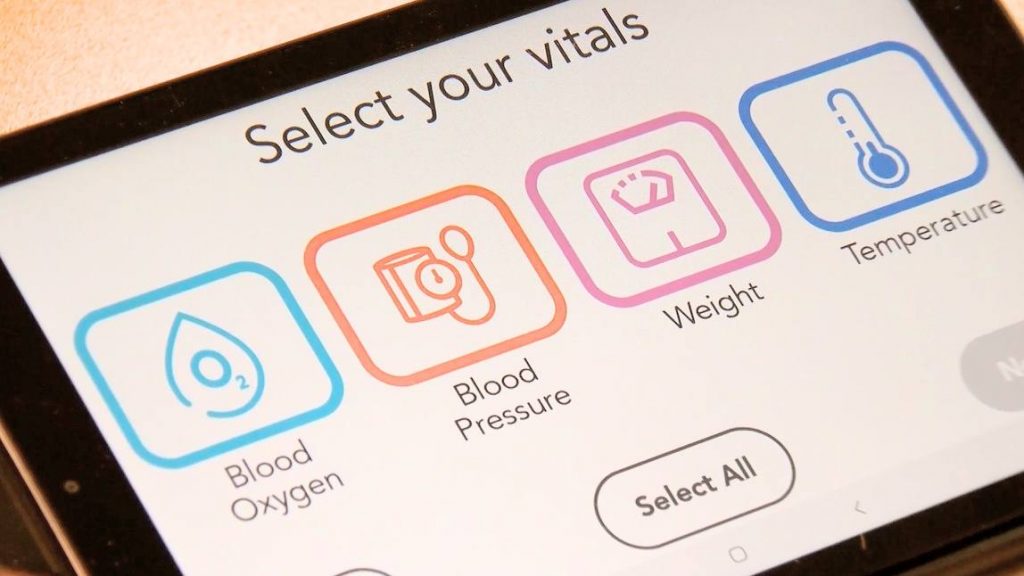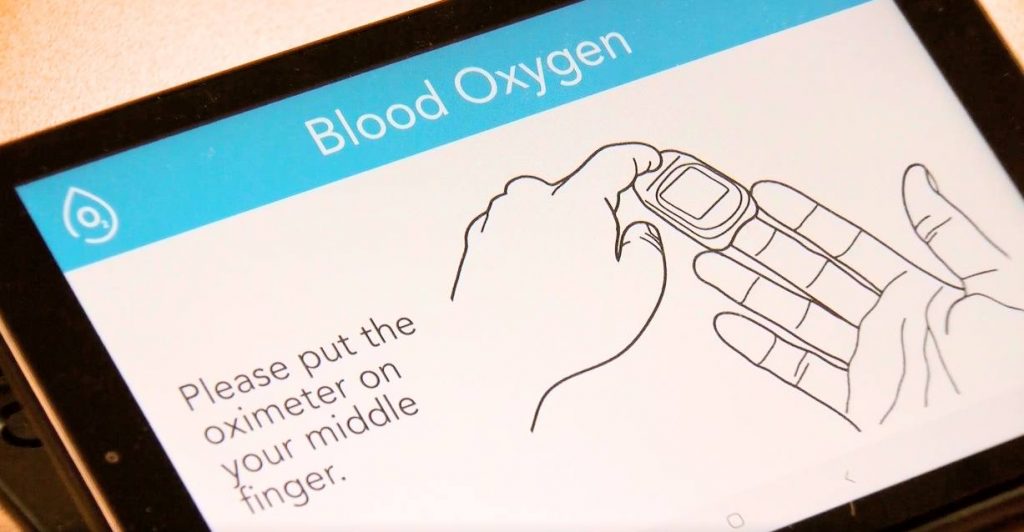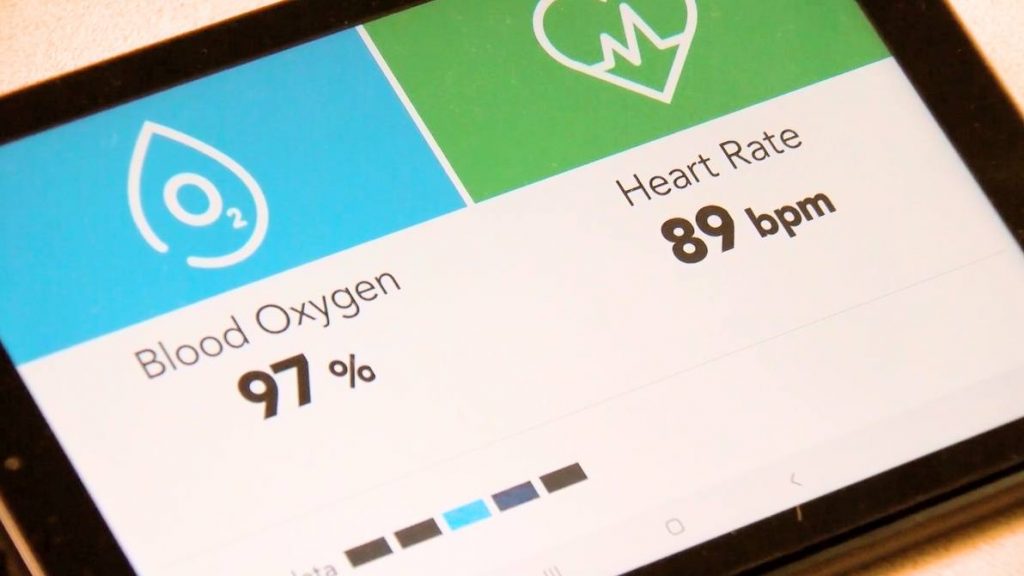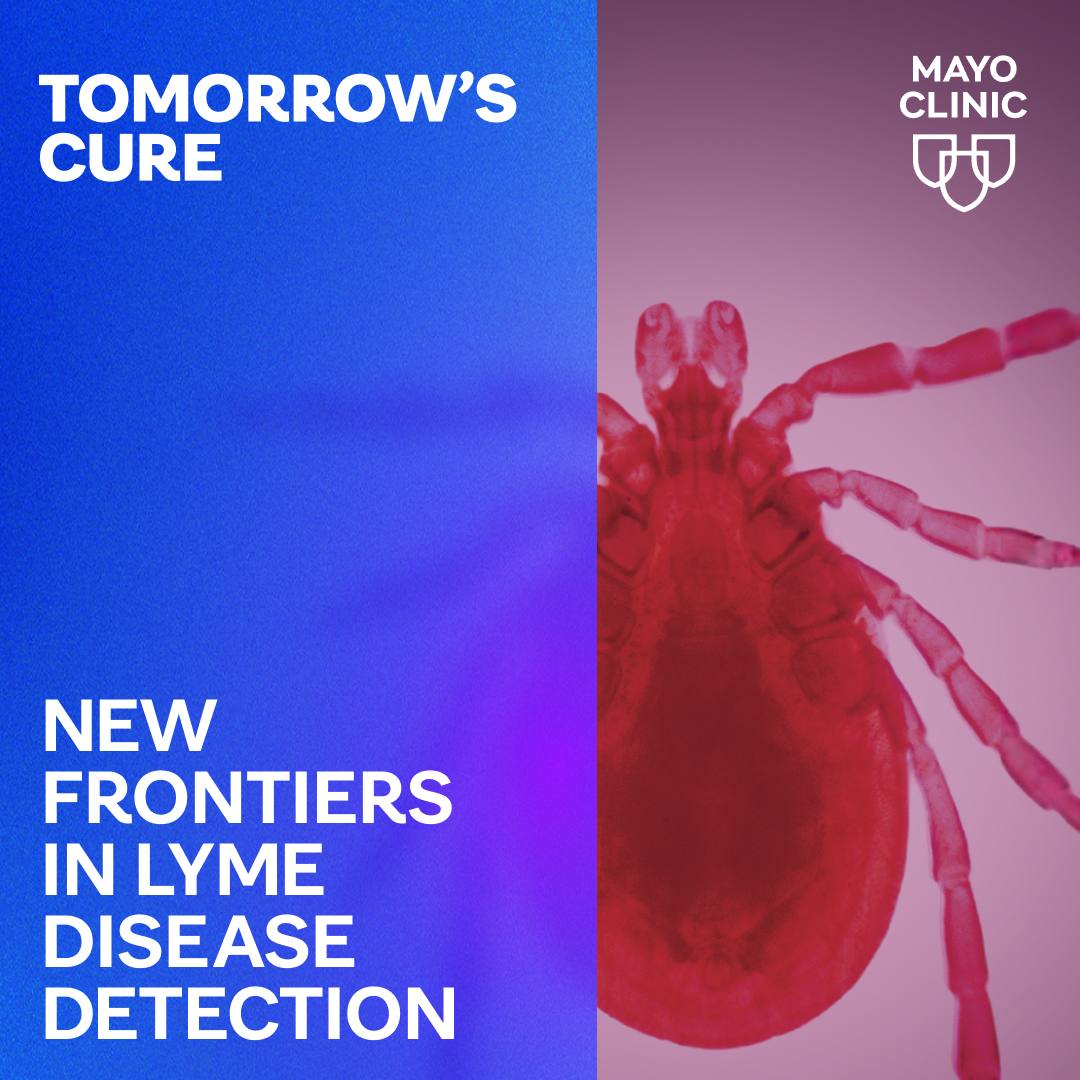
COVID-19 can be an unsettling diagnosis. For many who are diagnosed positive with the virus, they are able manage their symptoms at home while self-isolating while others may need hospitalized. For those patients self-isolating at home, Mayo Clinic's remote patient monitoring allows them to stay connected to a team of experts through technology and receive the comprehensive support they need.
Dr. Tufia Haddad, an oncologist and Medical Director for the Mayo Clinic’s Center for Connected Care's Remote Patient Monitoring team, explains how the program works for patients diagnosed with COVID-19.
"For the COVID-19 remote patient monitoring service specifically, we really wanted to be able to support patients had risk factors for severe illness with high-intensity monitoring. Relative to the patients who we could offer low-intensity monitoring, for those who were at lower risk for decompensation from COVID-19, and who did not have any other chronic medical conditions or comorbidities that put them at risk for significant complications," says Dr. Haddad.
Watch: Dr. Tufia Haddad discusses remote patient monitoring for COVID-19.
Journalists: Broadcast-quality b-roll and sound bites with Dr. Haddad are in the downloads at the end of the post. Please courtesy "Tufia Haddad, M.D./Center for Connected Care/Mayo Clinic."
Two different programs are used for high-risk and low-risk COVID-19 patients. Patients at high risk for severe illness are provided a cellular-enabled tablet that will provide them with symptom assessments that they complete 2-4 times a day to assess if they're experiencing symptoms such as nausea and shortness of breath. The kit these patients receive also includes devices such as a blood pressure cuff, thermometer, weight scale and pulse oximeter.
For patients who are on the low-intensity monitoring program, they receive their care plan through the Mayo Clinic App. Through the app, they will receive notifications when it's time to check in with their care team and complete a series of questions assessing symptoms related to COVID-19.

"Regardless of which monitoring intensity and frequency, anytime that a patient is reporting new or worsening symptoms, or if any of their vital sign parameters are out of range or trending adversely, that will prompt an automated an alert to our remote patient monitoring nurses," says Dr. Haddad. "And then those nurses will check in with the patient, they will take into consideration how the data has been trending, how the patient is feeling. In some cases, they can even video in with the with the patient and get that visual assessment to determine if further escalation is needed to our COVID-19 care team physicians. Those physician partners can then provide further assessment to determine if we need to offer more care in the home or need to bring them into our emergency departments, hospitals or clinics as well."
Since COVID-19 patients are asked to self-isolate as they recover, Dr. Haddad says it's important that patients, with what can be an unsettling diagnosis, stay connected to their care team.

"It's a very unsettling diagnosis, so when patients know that they are being monitored by a team of nurses and physicians, and they're being digitally connected, that that takes away some of the fears some of the worry knowing that that someone is watching over them," says Dr. Haddad. "And they're just a phone call away if there are any concerns, whether they're self-reported from the patient, or whether the patient simply picks up the phone and contacts our care team."
"I think that's so important because when people are self-isolating at home, you know, we're used to when we recover from illness at home, having our loved ones take care of us. But, certainly, in this situation, we want them to isolate to prevent further transmission of the virus. So, that's the value of the program. As one patient described it, 'an angel on her shoulders,' just having that having that care team monitoring so closely," says Dr. Haddad.
Related posts:
- Mayo Clinic Q&A podcast: Remote monitoring of COVID-19 patients
- Remote patient monitoring provides patients with comprehensive care at home
Information in this post was accurate at the time of its posting. Due to the fluid nature of the COVID-19 pandemic, scientific understanding, along with guidelines and recommendations, may have changed since the original publication date.
For more information and all your COVID-19 coverage, go to the Mayo Clinic News Network and mayoclinic.org.







